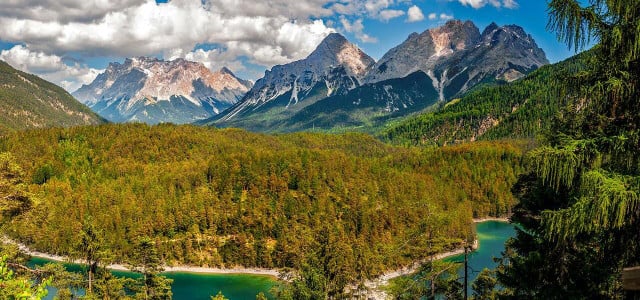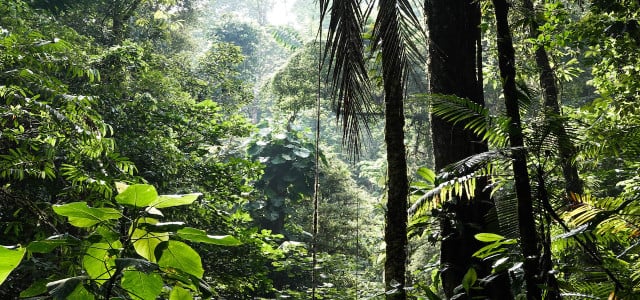Forest conservation is one strategy we can push to help mitigate climate change. Here are some impactful methods we can start utilizing to push for forest conservation.
Forest conservation is the mission of protecting the forests of the world and is about much more than just protecting their beauty.
Trees store large amounts of greenhouse gases, and in doing so, they already help mitigate climate change. Trees and plants also produce oxygen and are sometimes called the “lungs” of the planet. On a local scale, trees can help reduce high temperatures and regulate water levels, making drought less likely. Moreover, many forests are home to great biodiversity, housing a range of unique species, many of which are already facing the threat of extinction.
Despite the many wonders and benefits that forests create around our globe, rapid deforestation is an immense threat. Forest conservation is crucial for the welfare of the earth, biodiversity, water conservation, and indigenous communities, many of whom live in and are protectors of forests.
This article offers some suggestions about what impactful methods we can use to conserve forests.
Learn all about why forests are much more than a bunch of trees in our guide: What Is a Forest? Describing Our Most Important Ecosystems
1. Stop Converting Forests to Industrial Land
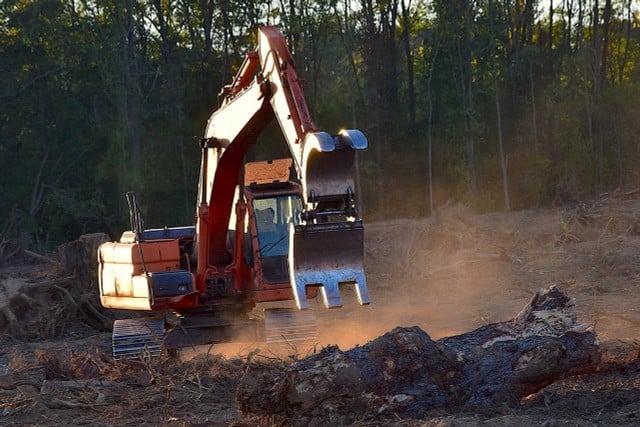
(Foto: CC0 / Pixabay / bones64)
Forest conversion is the largest cause of deforestation today. It is the process of deforesting land for the purpose of industrial use. The cleared area is most often used for agriculture but can also be used for mining, infrastructure, and urbanization. This type of deforestation is most prevalent in developing countries in tropical regions, which are driven by markets for palm oil, pulp and paper, beef, and soy.
In order to reduce and halt the conversion of forests into industrial land, we as consumers can raise awareness on this issue through conversation, a book club, podcast, or by getting involved in a local organization related to environmentalism. We can also influence consumption practices that contribute to forest conversion by educating others about the damages that products sourced from deforested land have on the environment.
You can also support organizations focused on halting forest conversion as a solution to deforestation such as ClientEarth.
2. Protect and Restore Old Growth Forests
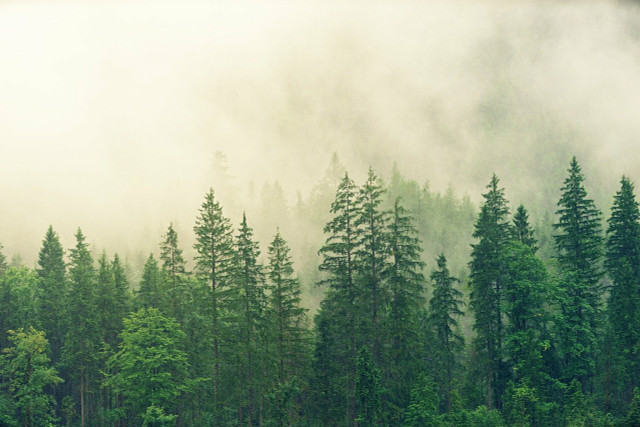


(Foto: CC0 / Pixabay / jplenio)
Often home to species of endangered trees, old-growth forests are becoming increasingly rare, but they are some of the healthiest and most biologically diverse ecosystems around the world. They house hoards of unique plants, animals, and fungi species with complex symbiotic relationships.
Moreover, old-growth forests are greatly helpful in mitigating climate change because as the home to many ancient plants and trees, these forests are reserves for incredible amounts of carbon.
Logging threatens old-growth forests, exacerbating our climate’s already dire situation. To combat this, it is important to advocate against destructive logging practices and make sure to be active in our community to encourage the protection of old-growth forests. Reforestation can be one of many ways to help old growth forests thrive.
3. Advocate for Sustainable Land Management Policies



(Foto: CC0 / Pixabay / geralt)
If you live in an area that is threatened by deforestation, get involved in your local community to help promote sustainable land management policies that contribute to forest conservation. Write to your state legislatures to encourage them to put forest conservation and the climate first.
If forest conservation doesn’t affect you personally, you can still get involved by taking part in protests that support more environmental policies and forest conservation.
4. Reduce or Stop Consumption of Animal Products
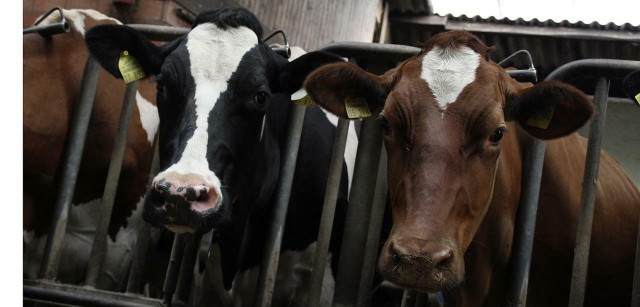


(Foto: CC0 / Pixabay / franzl34)
Reducing or halting the consumption of animal products altogether would have a direct impact on deforestation in the tropics because about three-quarters of deforestation is driven by animal agriculture and 41% of deforestation, in general, is driven by beef agriculture.
If you want to make a difference, cut your consumption of animal products, especially from factory farms. If you want to continue consuming animal products, do your best to choose organic and locally sourced if possible, Any decrease in animal product consumption is sure to help the planet.
If this sounds like a daunting task, get started with our guide on simple steps towards veganism you can take right away.
Did you know that three of the six foods that are worst for the environment are animal products?
5. Transition from Exploitative Relationship with Nature to Regenerative Relationship



(Foto: CC0 / Pixabay / Stergo)
Transitioning our relationship with nature from one that is exploitative to one that is regenerative is a philosophical and psychological shift that will take a different kind of effort, but it might just be the most powerful forest conservation method that there is.
Since the Industrial Revolution, humanity has tended to exploit nature, using it for their own purposes of material gain. However, it is not a universal law that all humans take advantage of nature. Many indigenous communities around the world live as stewards of forests and maintain a symbiotic relationship with their natural environments (this is one of the main arguments for returning national parks to native tribes).
These communities live in harmony with nature without depleting its resources and use knowledge that has been passed down for centuries to keep their surrounding ecosystems balanced.
Read more: Rights of Nature: Global Movement, Legal Status & Potential
It is possible for humanity to have a healthy, regenerative worldview with regard to the natural world and if we want to mitigate climate change as best as possible, which includes forest conservation, the first thing we’ll need to do is shift our perspective.
Here are some easy ways to get started:
- Gardening or urban gardening
- Taking up permaculture
- Protecting bee populations
- Spending more time in nature (hiking, camping, etc.)
- Reading about nature
6. Seek Fair Trade and Rainforest Alliance Certified Products
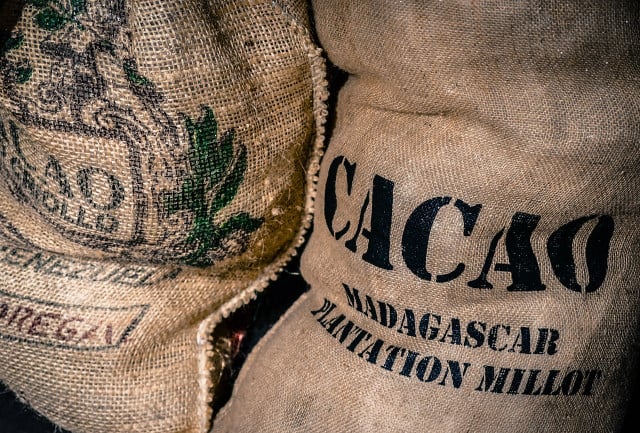


(Foto: CC0 / Pixabay / Skitterphoto)
You can help forest conservation efforts by making sure you source products that are fair trade and Rainforest Alliance Certified. It’s important to make sure soy, palm oil, paper, coffee, chocolate, certain fruits, and some other products have these certifications to ensure forest protection and the fair treatment of farmers.
7. Switch to a Sustainable Bank
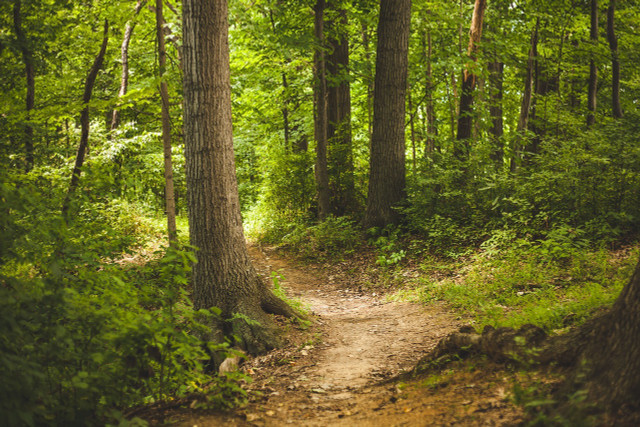


(Foto: CC0 / Pixabay / Pexels)
Choosing a sustainable bank is another powerful way to support forest conservation. Make an effort to find out what sort of companies and projects your bank is investing in. If it turns out to be fossil fuels, mining, and animal agriculture, make the switch to a greener, more ethical financial institution. Bank.Green is a great place to get started to find out what your bank is up to and to find more sustainable alternatives.
Read More:
- The 8 Best Books About Climate Change
- Ecopsychology: What Is it & Can I Study it?
- Environmental Organizations: 8 NGOs and Non-Profits Worth Supporting
Do you like this post?






